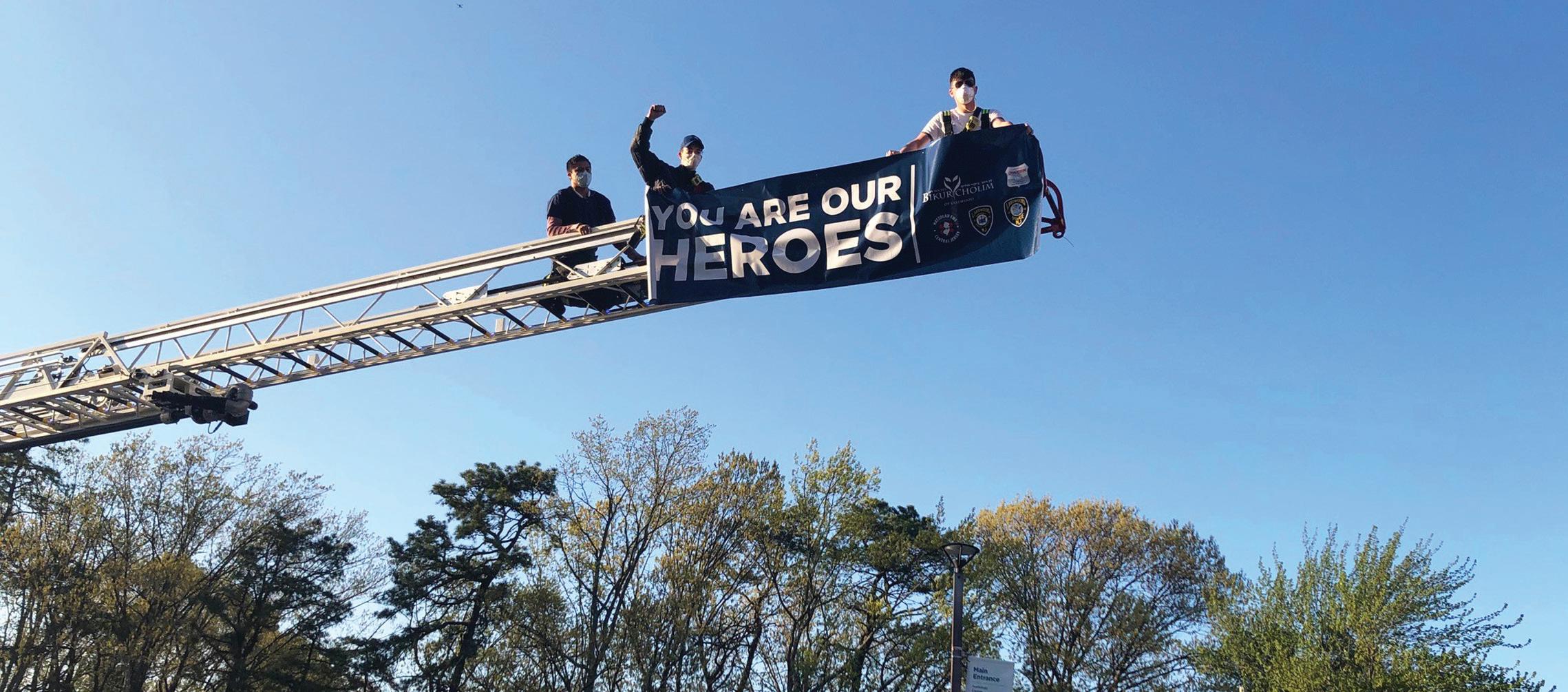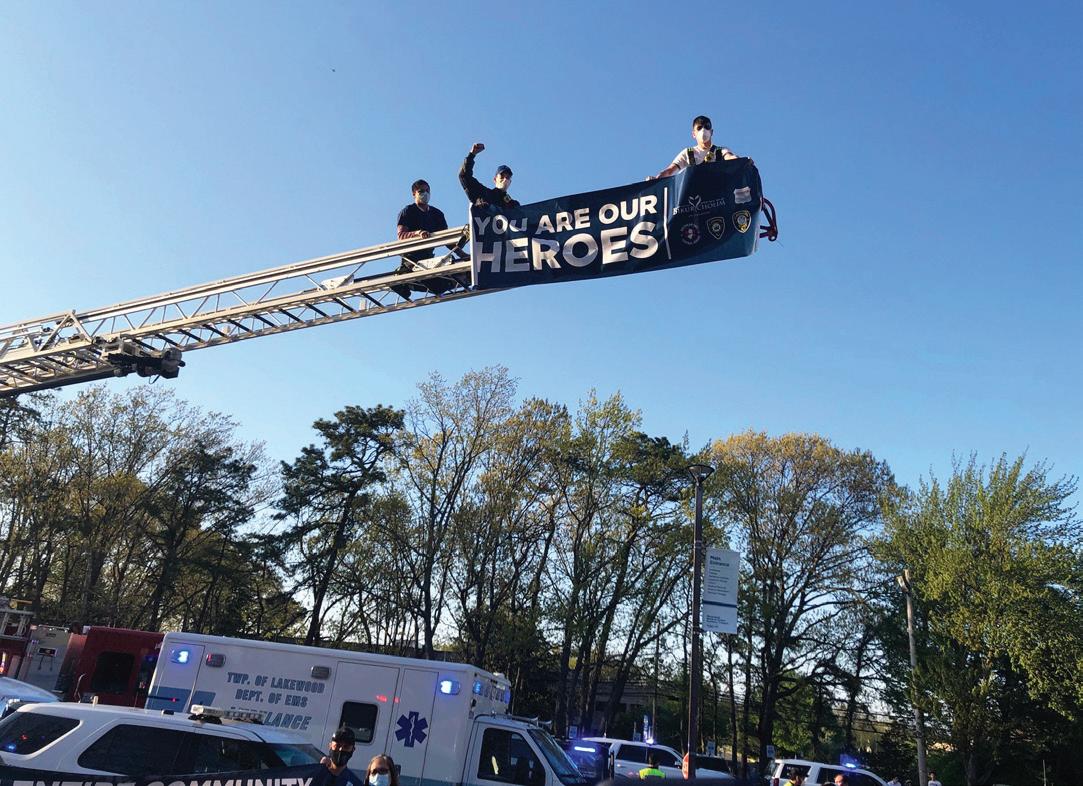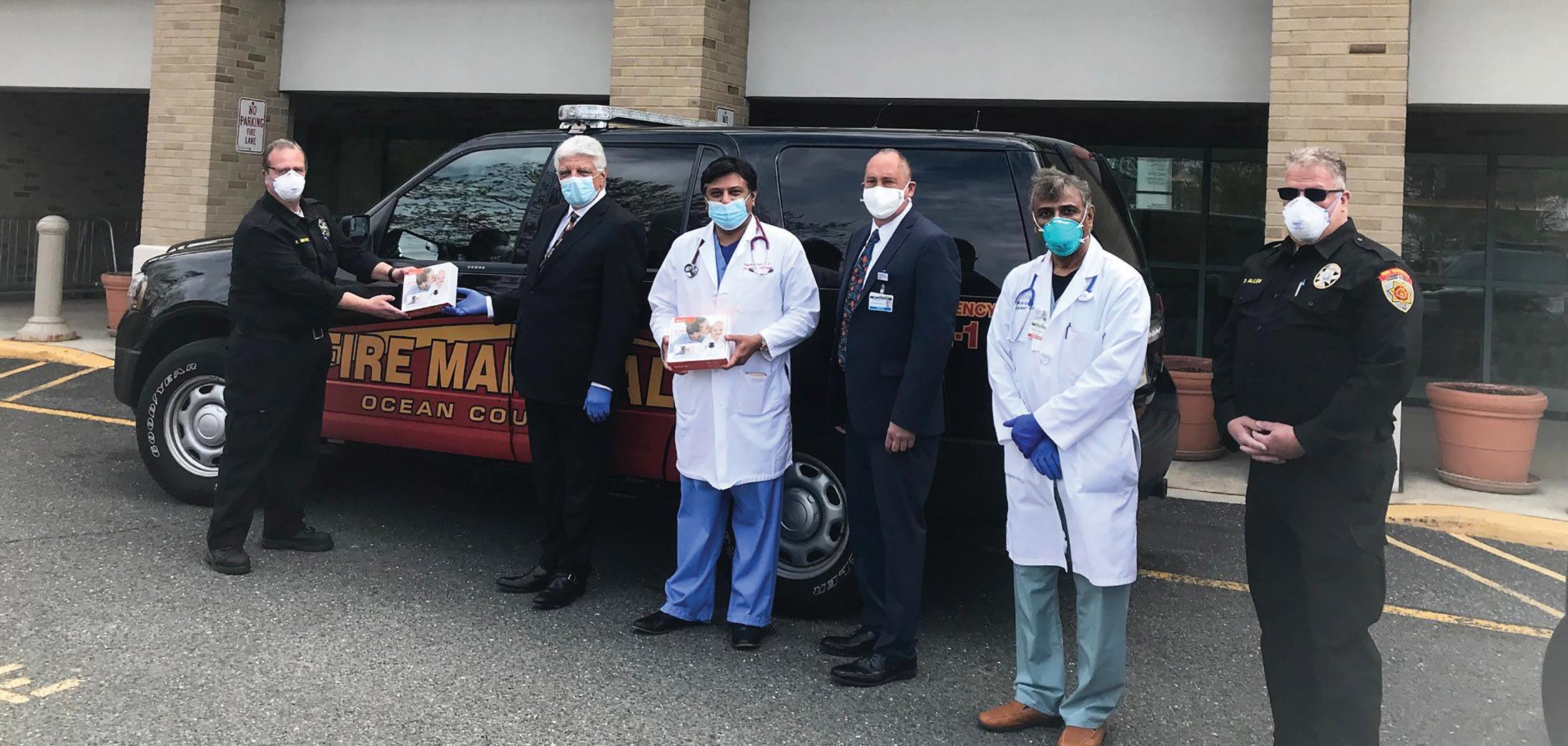
5 minute read
SAFE AND SOUND IN THE E.D. Rigorous
SAFE AND SOUND IN THE E.D.

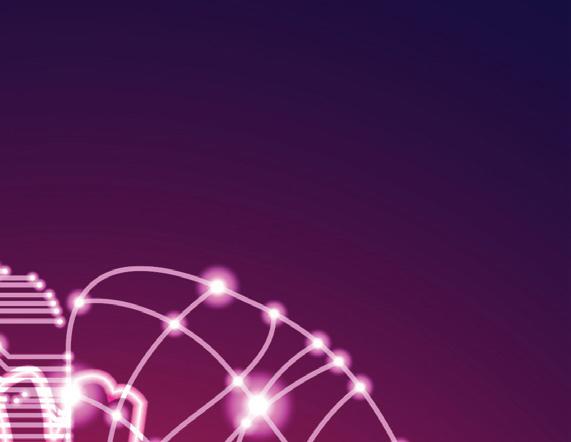


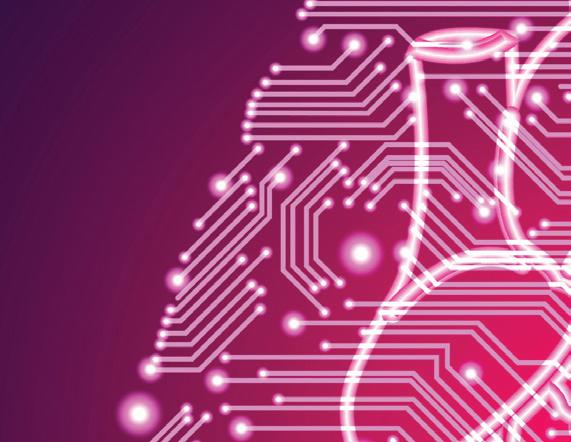
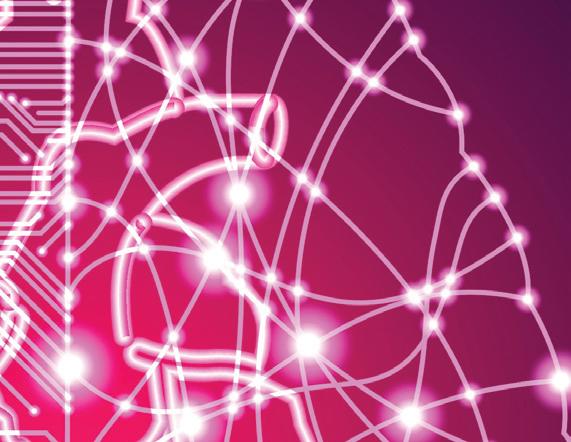



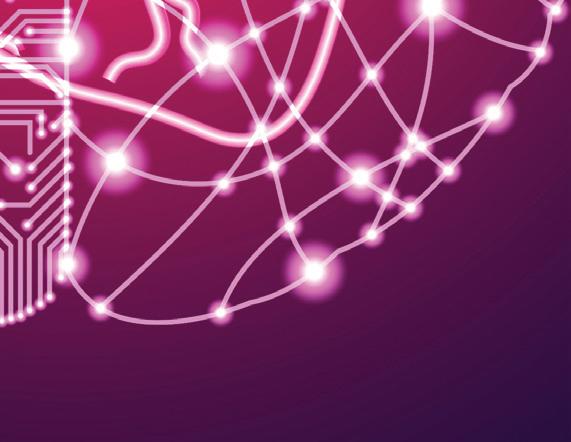





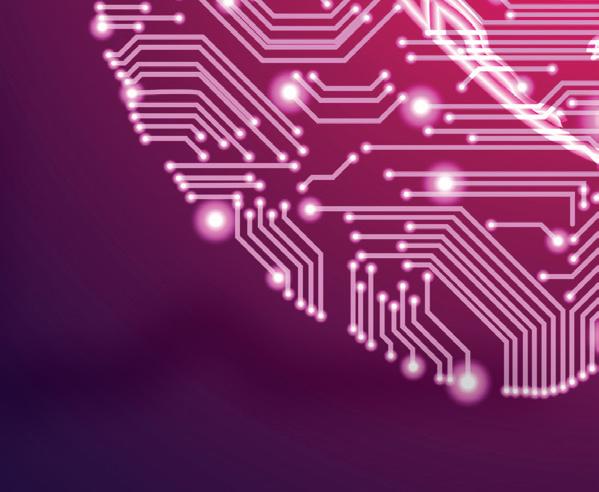
RIGOROUS PROCEDURES ENSURE THE SAFETY OF EMERGENCY DEPARTMENT PATIENTS AND STAFF.
Emergency Department (ED) visits fell sharply during the height of the coronavirus crisis, in New Jersey and nationally as well—and that has doctors worried.
“At Monmouth Medical Center Southern Campus, we’ve seen our ED volume decline by 50 percent overall, and by up to 85 percent for pediatric EDs,” says Sreedar Raja, MD, Medical Director, Emergency Department, at Monmouth Medical Center Southern Campus
(MMCSC).
“Th e problem is that disease prevalence doesn’t change,” he explains. “Heart attacks, strokes, asthma attacks, surgical emergencies such as appendicitis and diverticulitis—COVID-19 didn’t make them go away, but we’ve been seeing these patients in the ED less and less.”
SREEDAR RAJA, MD RAJESH MOHAN, MD
Th e probable reason: fear. “People have been putting off care because they’re afraid to go into the hospitals and be exposed to COVID-19,” says Dr. Raja. “Th at concerns us because delaying care for many conditions can lead to disability and even death, and those risks are not necessary.
“The main message we want people to hear is, ‘It’s safe to come to the ED, so do not delay seeking care for a potential emergency,” he continues. “We’ve put many layers of protection in place for our patients TEJAS DELIWALA, MD and for our staff.”
WARNING SIGNS OF HEART ATTACK
Pain or discomfort in chest
Lightheadedness, nausea or vomiting
Jaw, neck or back pain
Discomfort or pain in arm or shoulder
Shortness of breath
SAFETY MEASURES
Safety steps taken by Emergency Departments throughout the RWJBarnabas Health system include: • Separation of COVID-19 and nonCOVID-19 patients upon entry • Setting aside special areas that are completely separate from COVID-19 patients and caregivers • Creation of “negative pressure” isolation rooms that prevent airborne contaminants from drift ing to other areas in the hospital • Provision of masks for all staff and patients • Frequent disinfectant wiping of surfaces and equipment.
“Our environmental services staff is doing a fantastic job of deep-cleaning our EDs,” says Dr. Raja. “Every doorknob, every surface, is continuously being wiped with disinfectant.”
CARDIAC CONCERNS
Doctors have long pounded the drum for patients to call 911 if they experience symptoms of a heart attack. “Time is heart muscle,” says cardiologist Rajesh Mohan, MD, Chief Medical Offi cer at MMCSC. “Th e sooner we can treat you aft er the onset of symptoms—ideally, within 90 minutes—the less damage to your heart.”
Dr. Mohan urges people to be aware not only of the classic symptoms of a heart attack (see list, above) such as chest pain or a feeling of heaviness in the chest, but of non-traditional symptoms such as shortness of breath as well.
Adding complexity to the situation is the fact that the novel coronavirus seems to exacerbate a range of other cardiovascular problems. “COVID-19 is a vascular disease as well as a respiratory disease,” says Dr. Mohan. “It can lead to clotting in the arteries. It’s possible that a patient may have heart disease that has not been recognized, and with the stress of COVID-19 illness a cardiac event occurs. Th e event can be any of the known cardiac syndromes, including heart attack or heart failure. We just don’t have the answers yet.”
Th e important thing to know, he says, is that the advice for going to the ED is the same now as it was before COVID-19. “Pay attention to symptoms,” says Dr. Mohan, “and don’t hesitate to call 911.”
STROKE RISK
Th e coronavirus-related clotting that can lead to heart attacks also appears to increase risk for stroke.
A stroke occurs when a blood vessel that leads to the brain is blocked by a clot, or ruptures, leading to death of brain cells as they’re robbed of oxygen- and nutrientrich blood. Immediate treatment can minimize the long-term eff ects of stroke, such as speech and movement diffi culties, and even prevent death.
People with uncontrolled high blood pressure or diabetes are at increased risk of stroke, as are smokers. But the pandemic has introduced a new wrinkle: a striking increase in strokes among COVID-19 patients as young as their 30s and 40s, who had no stroke risk factors and no other COVID-19 symptoms. Th is new risk makes it all the more important for people to act
To learn more about how we’re ensuring your safety at RWJBarnabas Health, visit www.rwjbh.org/welcomeback.
when they have symptoms (see list, below).
“Pay attention to the suddenness of the symptoms, which could include confusion and severe headache, and call 911 so you can be taken to the hospital right away,” advises Tejas Deliwala, MD, a neurologist at MMCSC. “Remember with stroke, time lost is brain lost. Any delay in seeking acute medical care can signifi cantly aff ect outcome and recovery.”
COVID-19 can aff ect the nervous system in other ways, too, says Dr. Deliwala. “One of the most common ways is the loss of smell,” he says. “Another is exacerbation of seizures in people who are prone to them. All of these things have to be further investigated.”
What’s not in question is this emphatic advice from doctors: Don’t be afraid to go to the hospital if you need to. “You really have to weigh the risks and benefi ts,” says Dr. Deliwala, “and realize that the risks are much higher if you stay at home.”
WARNING SIGNS OF STROKE
Use the acronym BE FAST to remember these:
BALANCE:
Sudden dizziness, loss of balance or coordination
EYES:
Sudden trouble seeing out of one or both eyes
FACE:
Facial weakness, uneven smile
ARM:
Weakness, unable to raise both arms evenly
SPEECH:
Impaired, slurred, diffi culty repeating simple phrases
TIME:
Call 911 immediately




